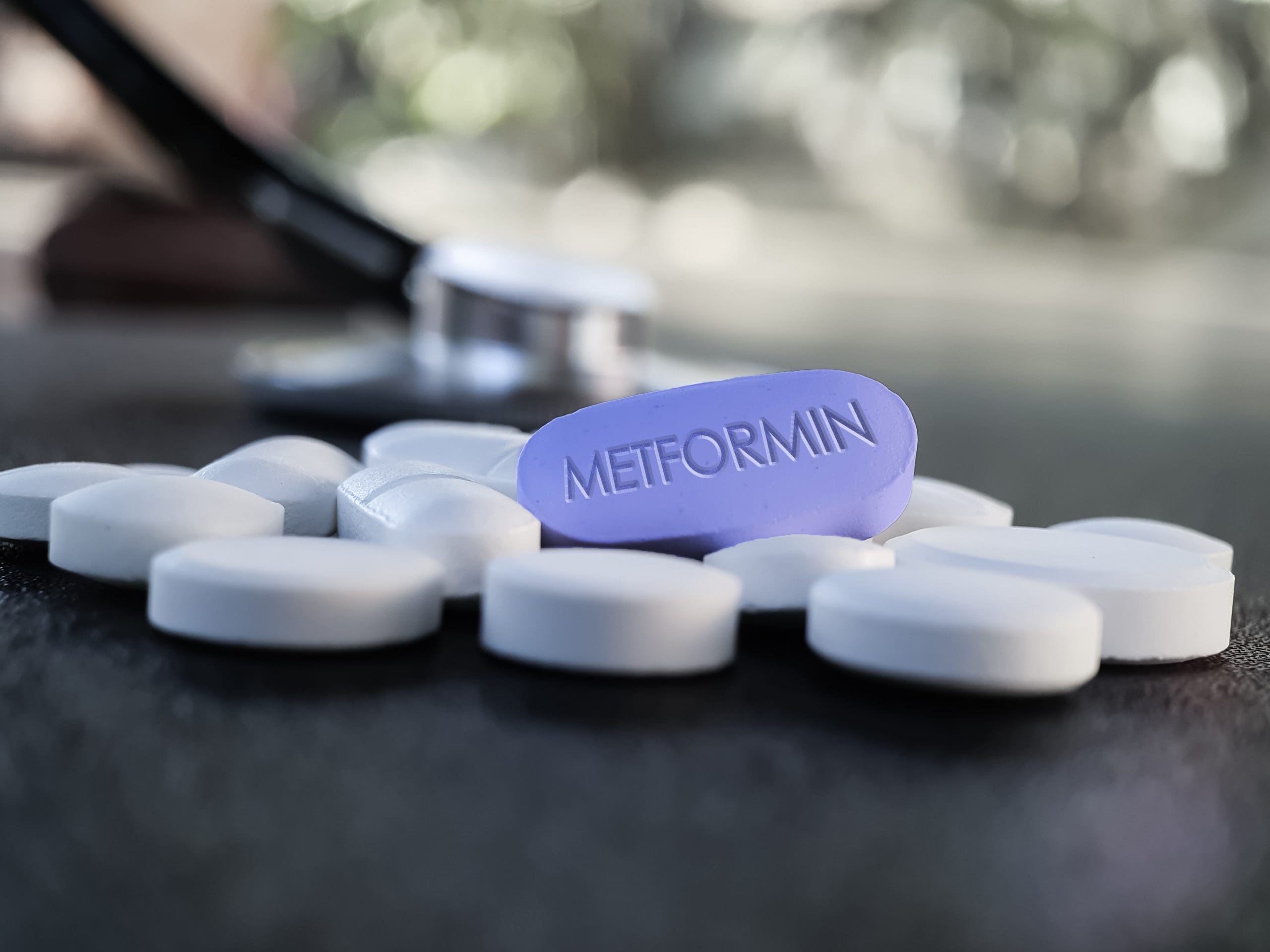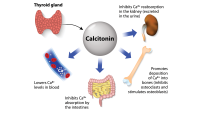Early recognition prevents negative outcome.
- Metformin-associated lactic acidosis is associated with a high mortality rate when treatment is delayed or the patient takes an unintentional overdose.
- Patients at risk for metformin toxicity include those with impaired renal function, liver disease, and hemodynamic instability.
- Nurse knowledge of this metformin complication and early identification can save lives.
Bob Wilson*, age 68, arrives in the ED with severe abdominal pain. He reports having had nausea and vomiting for days, which got progressively worse over the past 4 hours.
History and assessment hints
Mr. Wilson’s medical history includes obesity, type 2 diabetes, hypertension, moderate chronic kidney disease, and peripheral vascular disease. Robert, the ED nurse, notes that the patient’s home medication list includes metformin 1,000 mg twice a day.
During the admission assessment, Mr. Wilson’s blood pressure is 88/62 mmHg, HR 122 beats per minute, RR 24 breaths per minute, temperature 98.7⁰ F (37.0⁰ C), and SpO2 94% on room air. An ECG shows sinus tachycardia, and the patient’s blood glucose is 47 mg/dL. Mr. Wilson becomes confused and restless. Robert notes the patient’s dry oral mucosa and poor skin turgor. Mr. Wilson’s abdomen is soft and nondistended with diffuse tenderness to palpation.
Taking action
Robert inserts a #20-gauge I.V. catheter into the patient’s right forearm and administers a 50 mL bolus of D50W to correct the hypoglycemia. He then starts continuous I.V. administration of D5W at 125 mL/hr.
The provider orders stat arterial blood gases, complete blood count, serum chemistry panel, lactate, salicylate, serum anion gap, coagulation studies, and glycosylated hemoglobin. Results include: pH 7.0, bicarbonate 7 mEq/L, creatinine 2 mg/dL, anion gap 20 mmol/L, lactate 16 mmol/L, and metformin 10 ug/dL. Robert recognizes that Mr. Wilson has profound acidosis and informs the provider. The provider orders 1 mEq/kg of sodium bicarbonate I.V. push and an immediate infusion of D5W with 133 mEq of sodium bicarbonate. Robert replaces the infusion at a rate of 250 mL/hr per the provider’s orders.
Outcome
Mr. Wilson is admitted to the ICU for metformin-associated lactic acidosis secondary to kidney disease and later transferred to the med-surg unit. Hemodialysis may be indicated to correct the acidotic state and increase metformin clearance from the kidneys, so the provider orders a stat nephrology consult.
Education
Lactic acidosis, a serious complication of metformin, is associated with a high mortality rate with delayed treatment and unintentional overdose. Toxicity from metformin occurs in patients with impaired renal function, liver disease, and hemodynamic instability.
After Mr. Wilson is stable and preparing to go home, the discharge nurse teaches him and his wife about the side effects of metformin, which include nausea, vomiting, GI upset, diarrhea, weakness, and a metallic taste in the mouth. The nurse stresses the urgency of seeking early treatment since delays may result in life-threatening and poor health outcomes.
Nursing implications
Robert’s knowledge of the adverse effects of metformin and the laboratory findings aid in the early recognition of lactic acidosis. Metformin is a first-line drug used in the treatment of type 2 diabetes and must be given with food to minimize GI symptoms. In addition, metformin must be stopped 48 hours before and after radiologic studies and should be used cautiously in patients with impaired renal function.
*Names are fictitious.
Alnita Jackson is the Founder & CEO of Write It Up, an online business that helps nursing students and professionals improve their writing skills. Monique Wallace is a lecturer at Fayetteville State University in Fayetteville, North Carolina.
Key words:
Metformin, lactic acidosis, acute care
American Nurse Journal. 2022; 17(12). Doi: 10.51256/ANJ122252
References
Bellefroid C, Goffin P, Guntz J, Deville M. Metformin-induced lactic acidosis: A question of time. Case Rep Crit Care. 2020. doi:10.1155/2020/6962591
Chu J, Stolbach A. Metformin poisoning. UpToDate. 2020. uptodate.com/contents/metformin-poisoning/
Foucher CD, Tubben RE. Lactic acidosis. StatPearls. 2022. pubmed.ncbi.nlm.nih.gov/29262026
Kuan IHS, Savage RL, Duffull SB, Walker RJ. The association between metformin therapy and lactic acidosis. Drug Saf. 2019;42(12):1449-69. doi: 10.1007/s40264-019-00854-x
Umeda T, Minami T, Bartolomei K, Summerhill E. Metformin-associated lactic acidosis: A case report. Drug Saf Case Rep. 2018;5:8. doi: 10.1007/s40800-018-0076-1 10.1007/s40800-018-0076-1


















